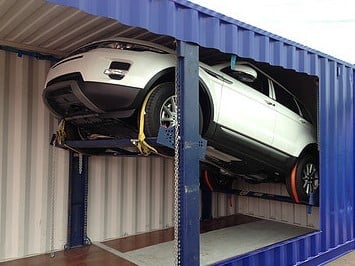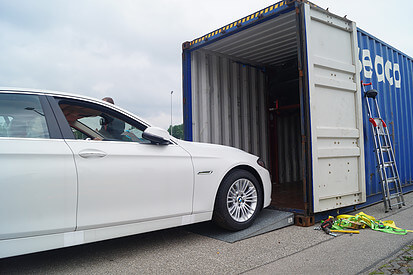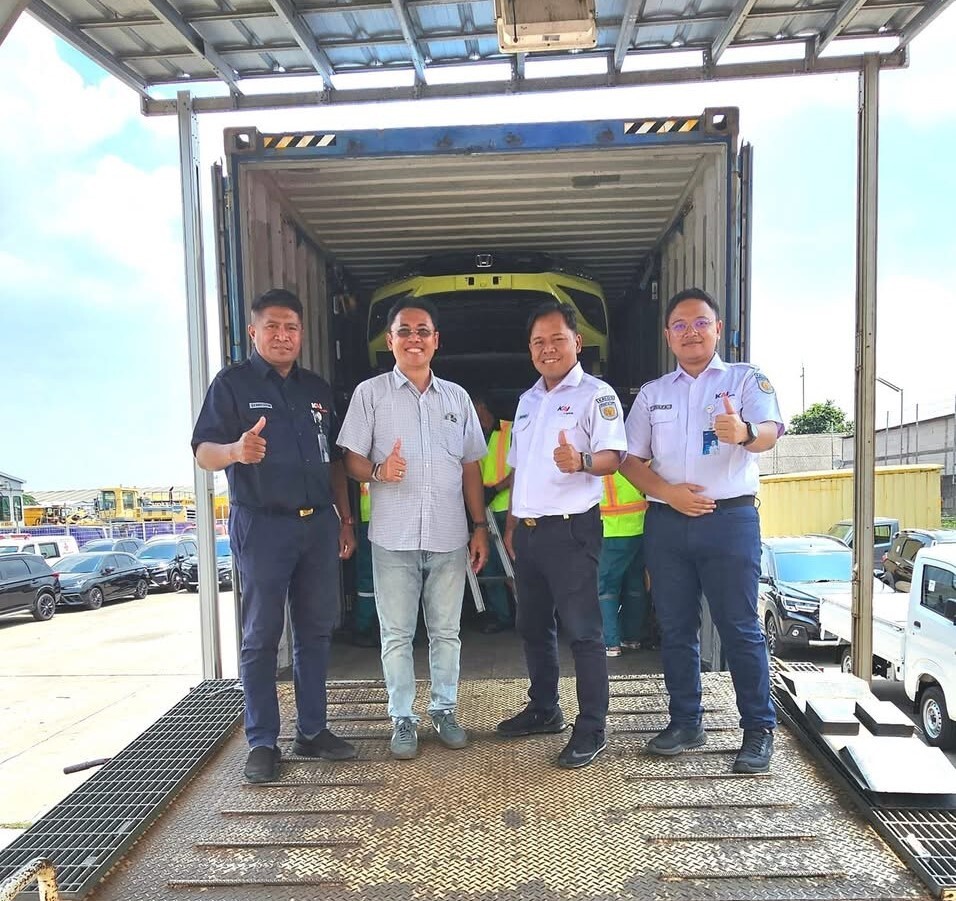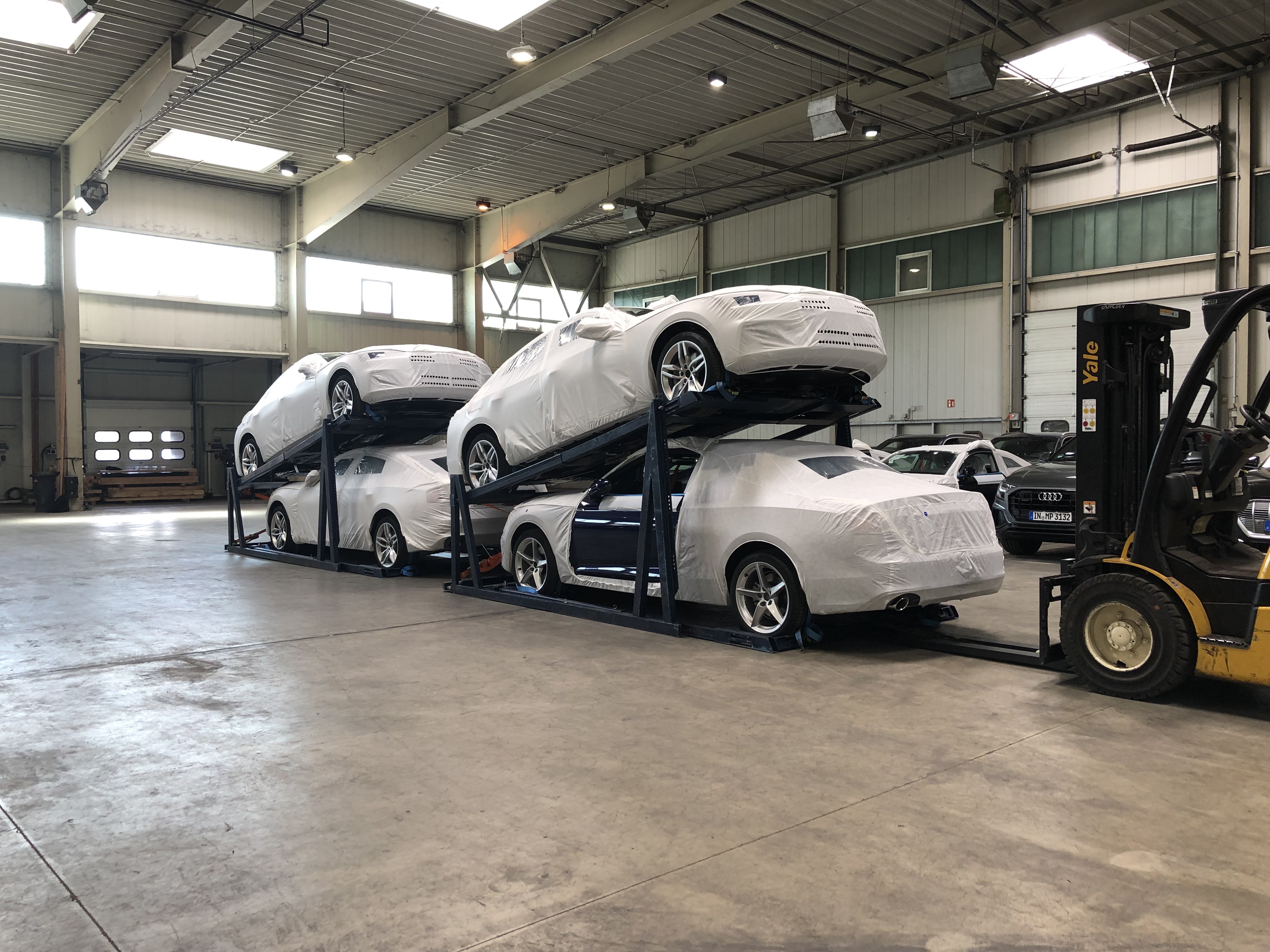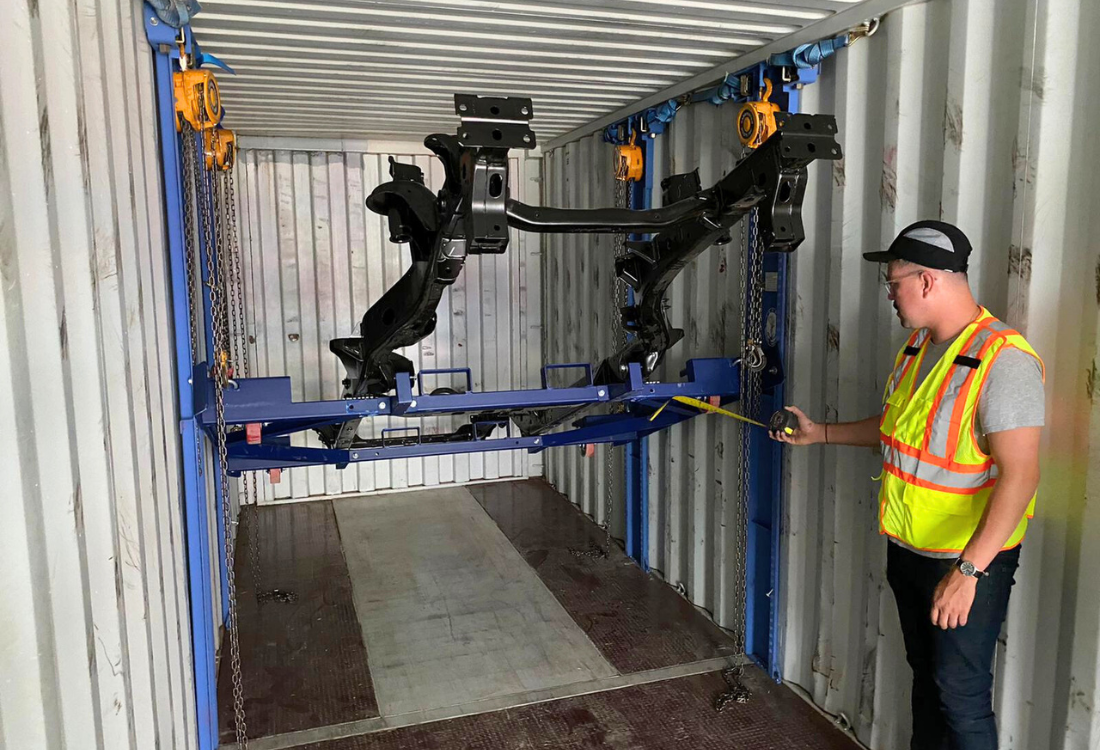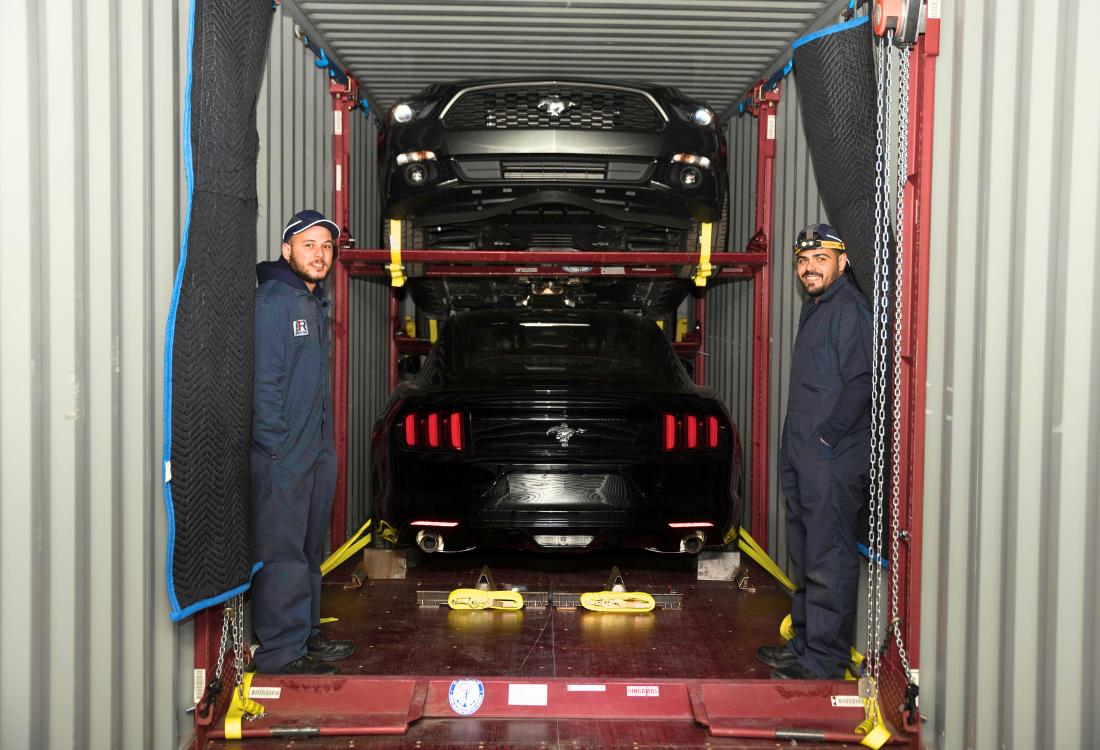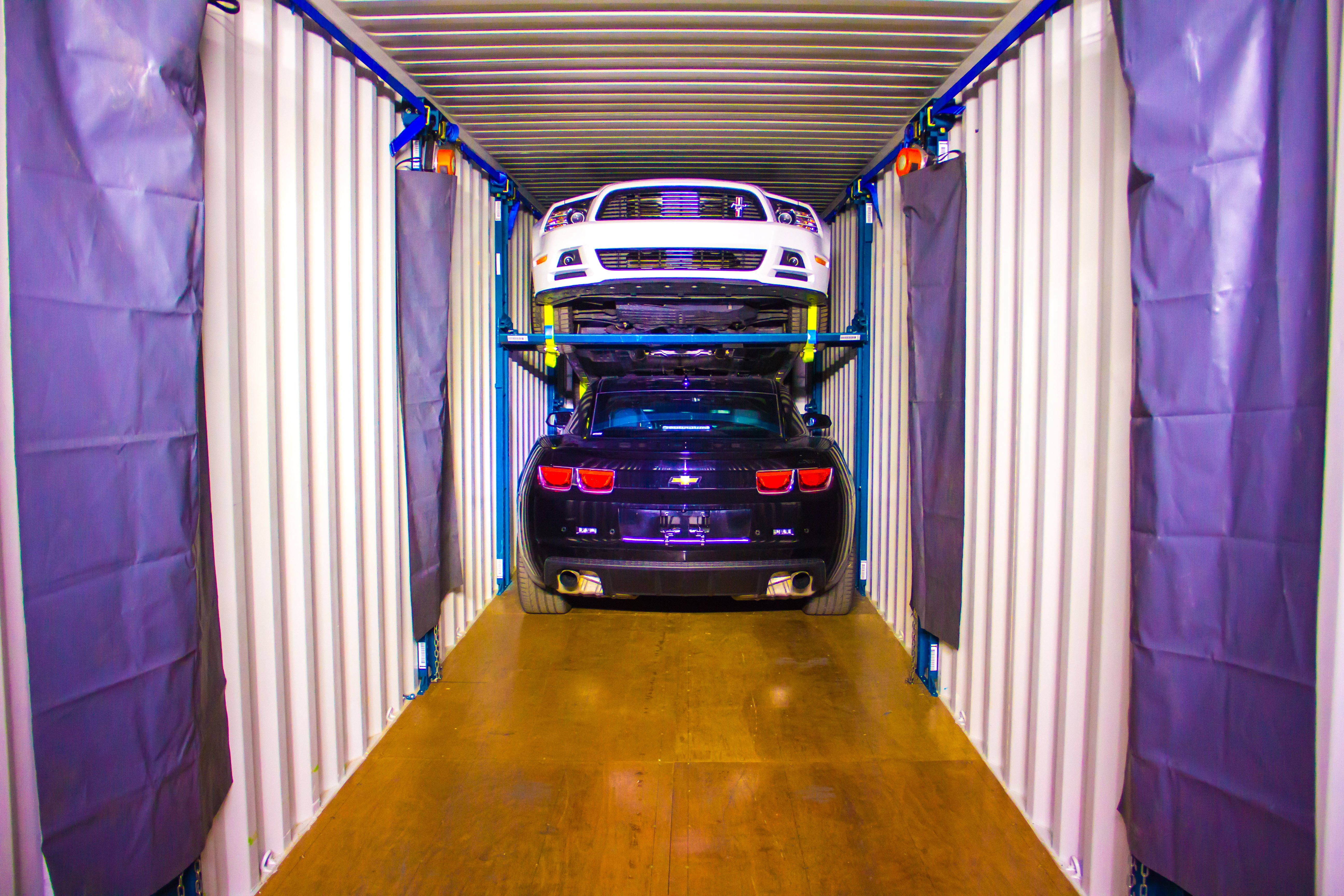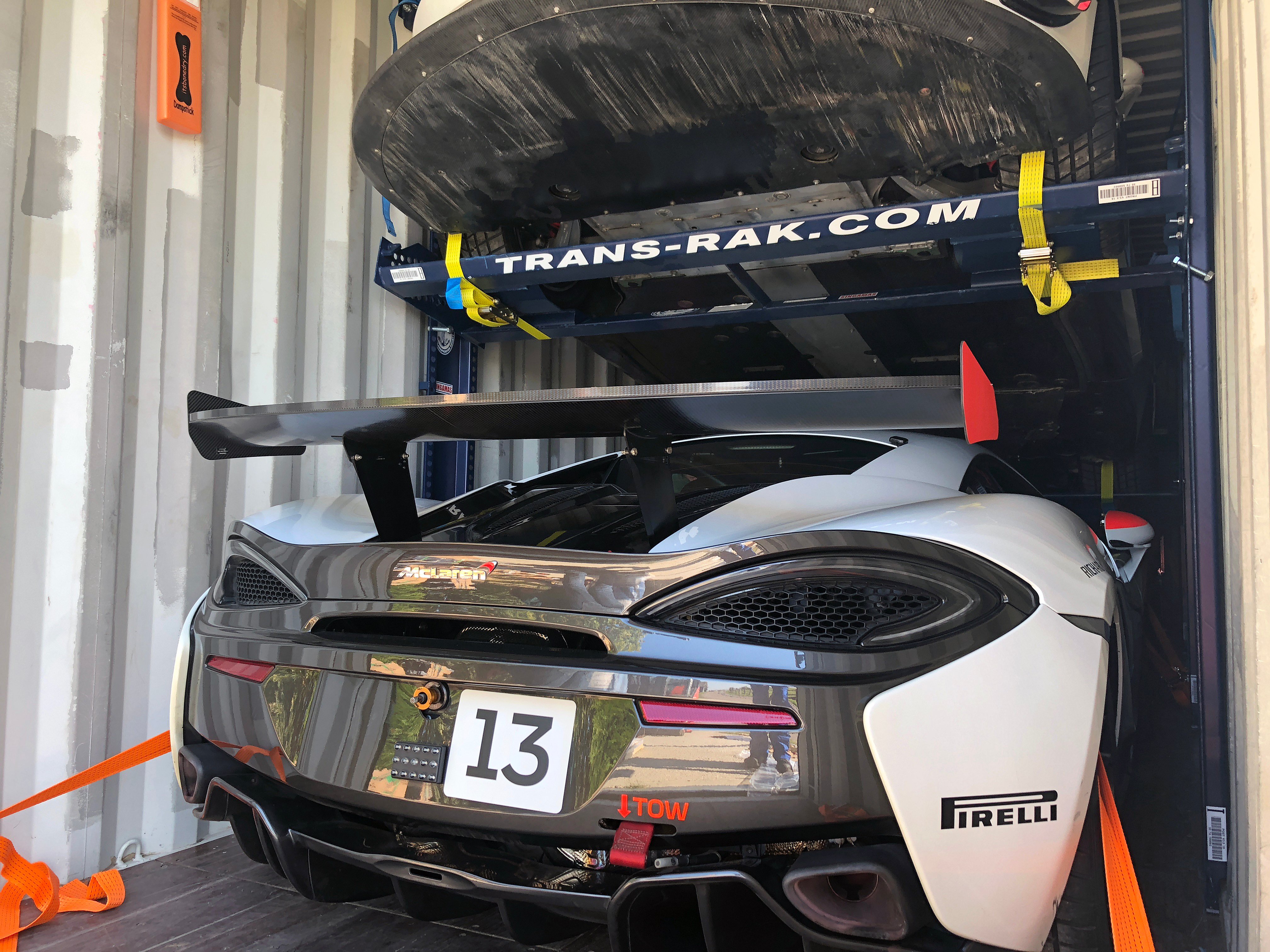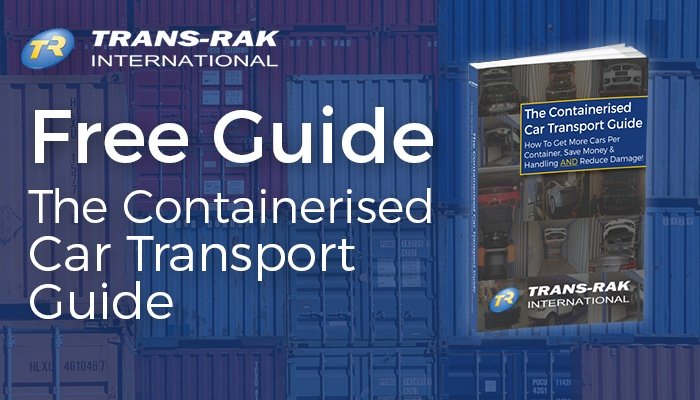Europe’s finished vehicle logistics (FVL) sector has entered a challenging phase. Since 2020, flat production volumes, limited vessel capacity, and ongoing price pressures are creating bottlenecks across the supply chain; from factories to final delivery.
Read MoreNEWS BLOG
Why Europe’s Finished Vehicle Logistics Market Is Stagnating: What It Means for UK Car Transporters
Nearshoring & Supply-Chain Realignment: How Global Vehicle Production Shifts Are Changing Transport Flows
The global automotive sector is undergoing one of its biggest structural changes in decades.
Read MoreTop 5 Challenges in Vehicle Shipping and How to Overcome Them
Global vehicle transportation continues to develop, particularly as OEMs diversify their products and strategies across regional and national plants, knockdown facilities, and final assembly hubs. Flows now mix fully built units (FBU), with semi-knocked down (SKD) and completely knocked down (CKD) kits, creating a more complex outbound logistics landscape. Each format introduces different engineering complexities, handling requirements, and exposure risks that must be managed throughout the shipping process. In this article, we look at five of the most persistent challenges in modern automotive transport, as well as practical ways to mitigate them across FBU, SKD, and CKD routes.
New Police Vehicles Shipped to Indonesia Using Trans-Rak R-RAKs: A Decade of Successful Partnership with PT Nusantara Auto Trans
As Indonesia continues to modernise its law-enforcement fleet, efficient and secure logistics play a crucial role in getting new police vehicles where they are needed most. This week, another shipment of new police cars was successfully loaded for transport using Trans-Rak International’s R-RAK vehicle racking system, a solution that PT Nusantara Auto Trans has relied on for more than a decade.
Read MoreFrom Factory to Destination: The Journey of a Vehicle in Transit
Every vehicle leaves the production line in a tightly controlled environment, but its first true engineering test begins the moment it enters the outbound logistics chain. For businesses overseeing automotive transport, the challenge is to maintain these factory-level standards throughout a sequence of handling events, modal transfers, and environmental conditions that were never part of the original design brief. Understanding this full car transport journey, not just as a logistics process but as an engineering stress cycle, is essential for safeguarding quality throughout long-distance vehicle transportation.
How Automotive Logistics is Evolving with Modular Racking Solutions
The continuing growth of electric vehicle (EV) exports has added a new layer of complexity to global vehicle transportation, reshaping how businesses evaluate route safety, planning strategies, and handling procedures. Unlike internal combustion engine (ICE) vehicles, EVs include engineering and safety considerations that extend beyond the cosmetic damage concerns traditionally associated with transporting cars. Battery integrity, underbody clearance, weight distribution, and consistent environmental conditions now play a central role in determining which transport methods are best suited for long-distance movements.
International Car Shipping in 2026: What You Need to Know
International car transport shipping has always been shaped by practical limitations: variable port infrastructure, inconsistent handling standards, and long dwell times that extend the vehicles’ exposure to risk. In recent years, geopolitical instability and uncertainty have extended this list – a situation that is unlikely to change in 2026. These factors create a conundrum for businesses overseeing global outbound flows: how to keep supply chains stable while local conditions shift. Also, as supply chains widen and new production hubs emerge (e.g. in Indonesia and South America), the challenges facing international car shipping have become more complex, and the solutions more varied.
Enclosed Car Transport Explained: Why Containerised Shipping Is the Gold Standard for Vehicle Safety
For project managers working in the finished vehicle logistics sector, choosing the right transport method is rarely a simple matter of cost comparison. Decisions must balance a range of factors; price, certainly, but also safety, route complexity, handling requirements, and the real-world constraints of global supply chains. Within this context, enclosed car transport is an important strategy for damage reduction and predictable delivery performance, particularly as international vehicle flows become more dispersed and high value units are moved through longer, multimodal routes.
Read MoreHow To Ship Used Cars Efficiently And Sustainably
Worldwide, the used car market is experiencing remarkable growth, with a value projected to reach US$2.72 trillion by the end of the decade, and a compound annual growth rate of 6.2% between 2023 and 2030. This is a significant development, and there are several factors driving this ongoing expansion. Affordability is one of them, as used cars are a cost-effective alternative to new vehicles at a time when household incomes are squeezed. The variety and availability of second-hand electric vehicles have further widened the market, making sustainable mobility more accessible to a growing number of drivers.
Is Container Shipping An Option For Luxury Vehicle Transport?
Luxury vehicles are high-value assets for all stakeholders in the supply chain, and therefore require a transport strategy which prioritises security at every step of the journey. The increased risk profile of many luxury and high value vehicles, as well as their specialist handling requirements, can make the general RoRo (roll on/roll off) shipping approach used for other finished vehicle logistics inappropriate or unnecessarily risky. So, is container shipping a viable option for luxury vehicles, especially when dealing with multi-vehicle transport? This is the question we will address in this article.

